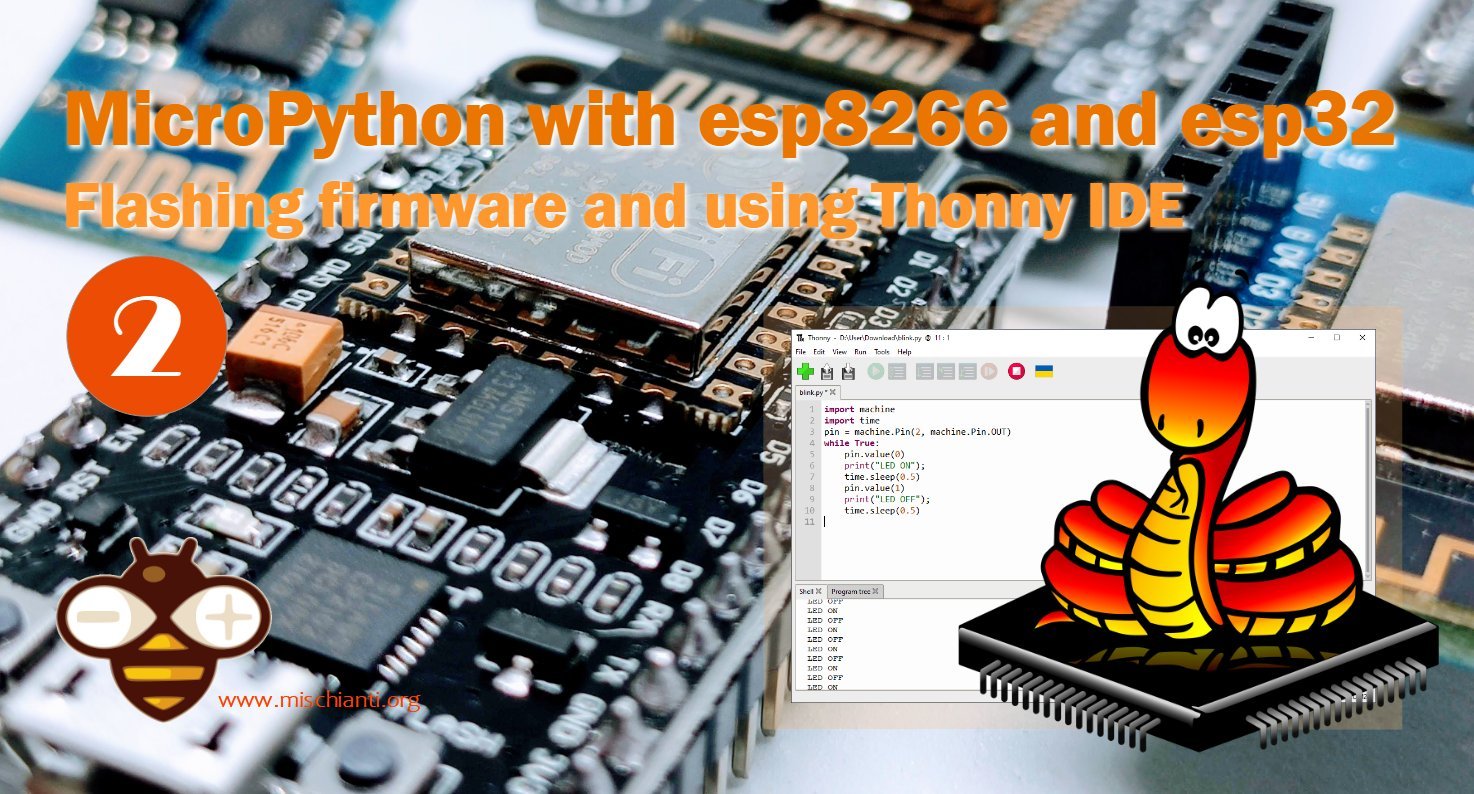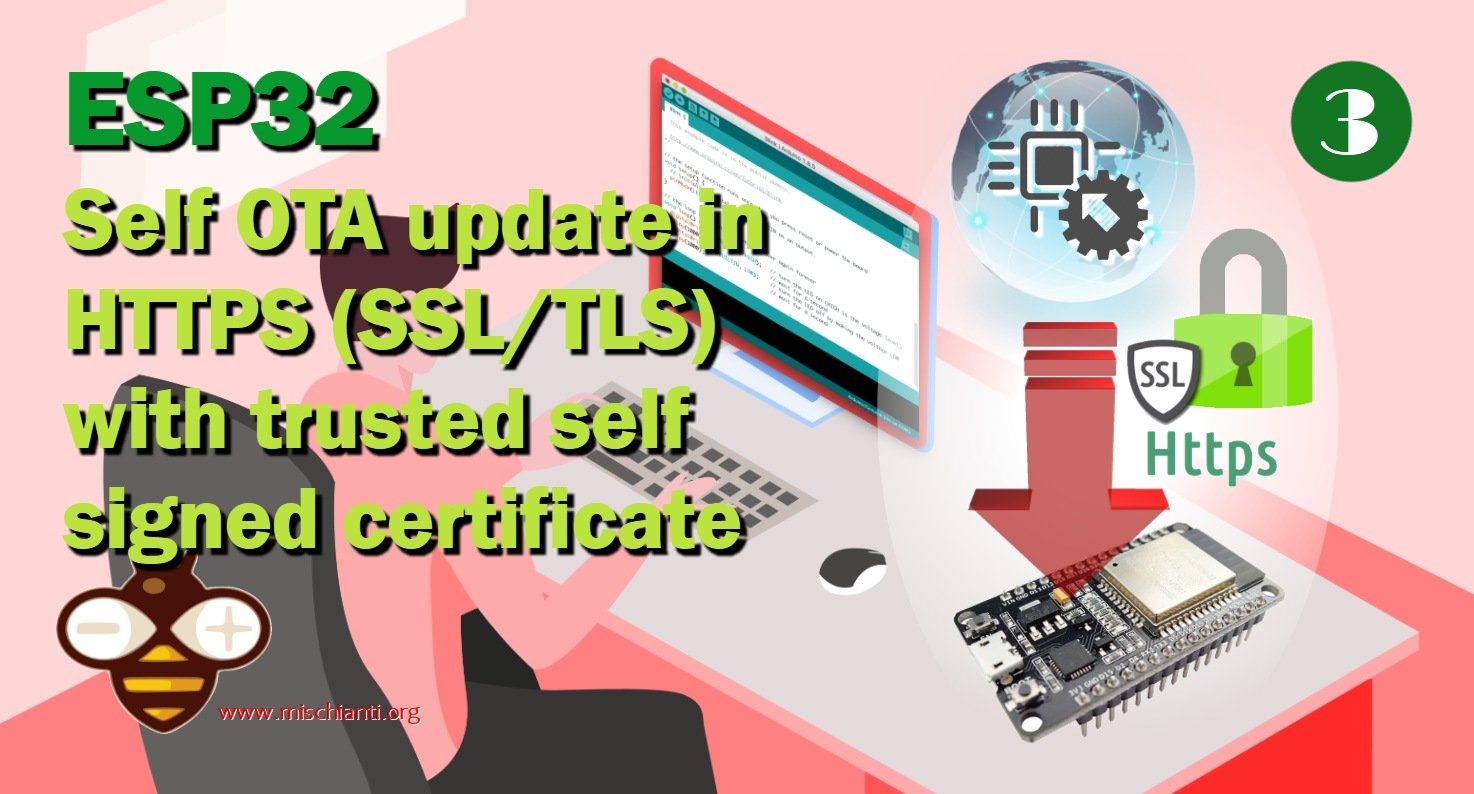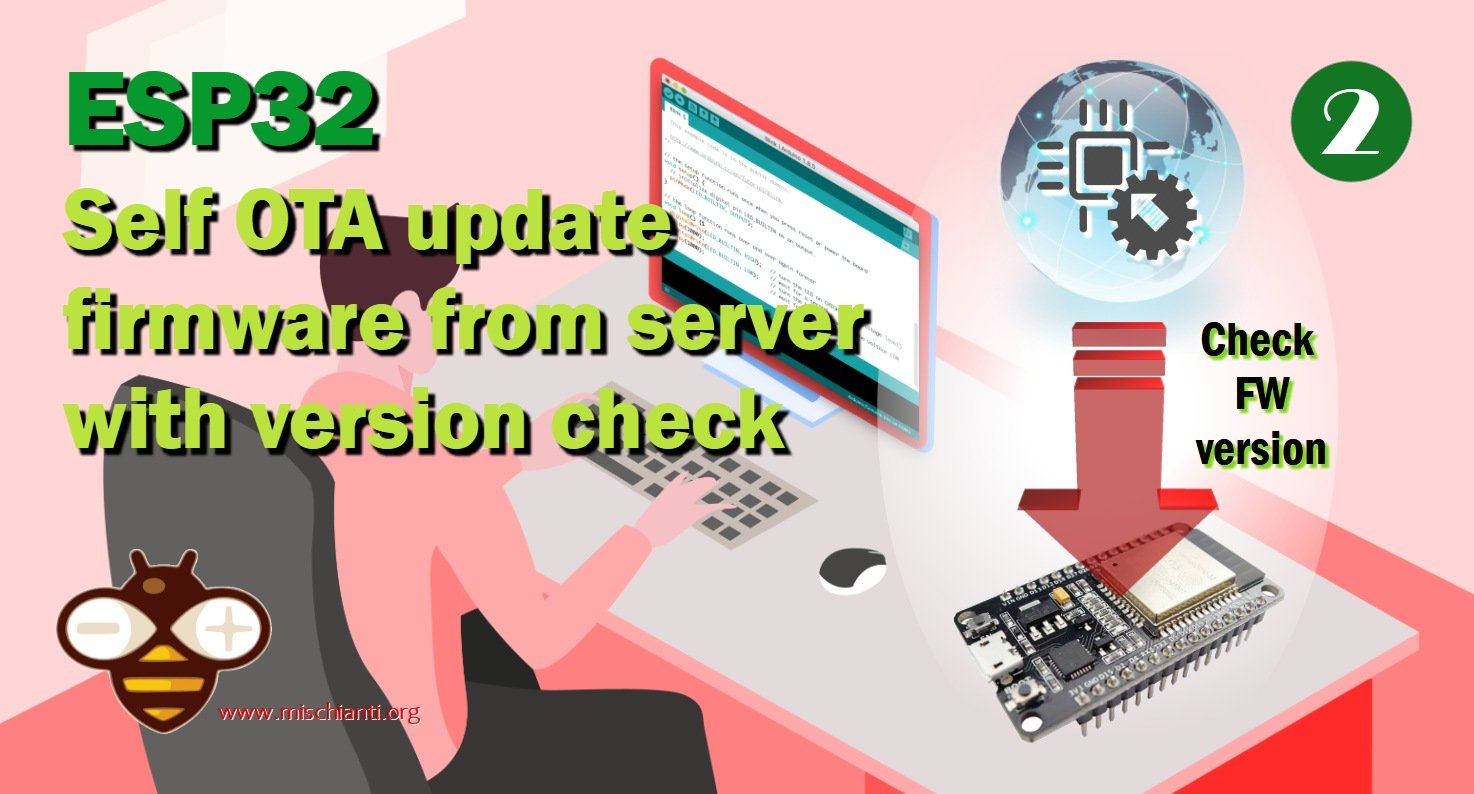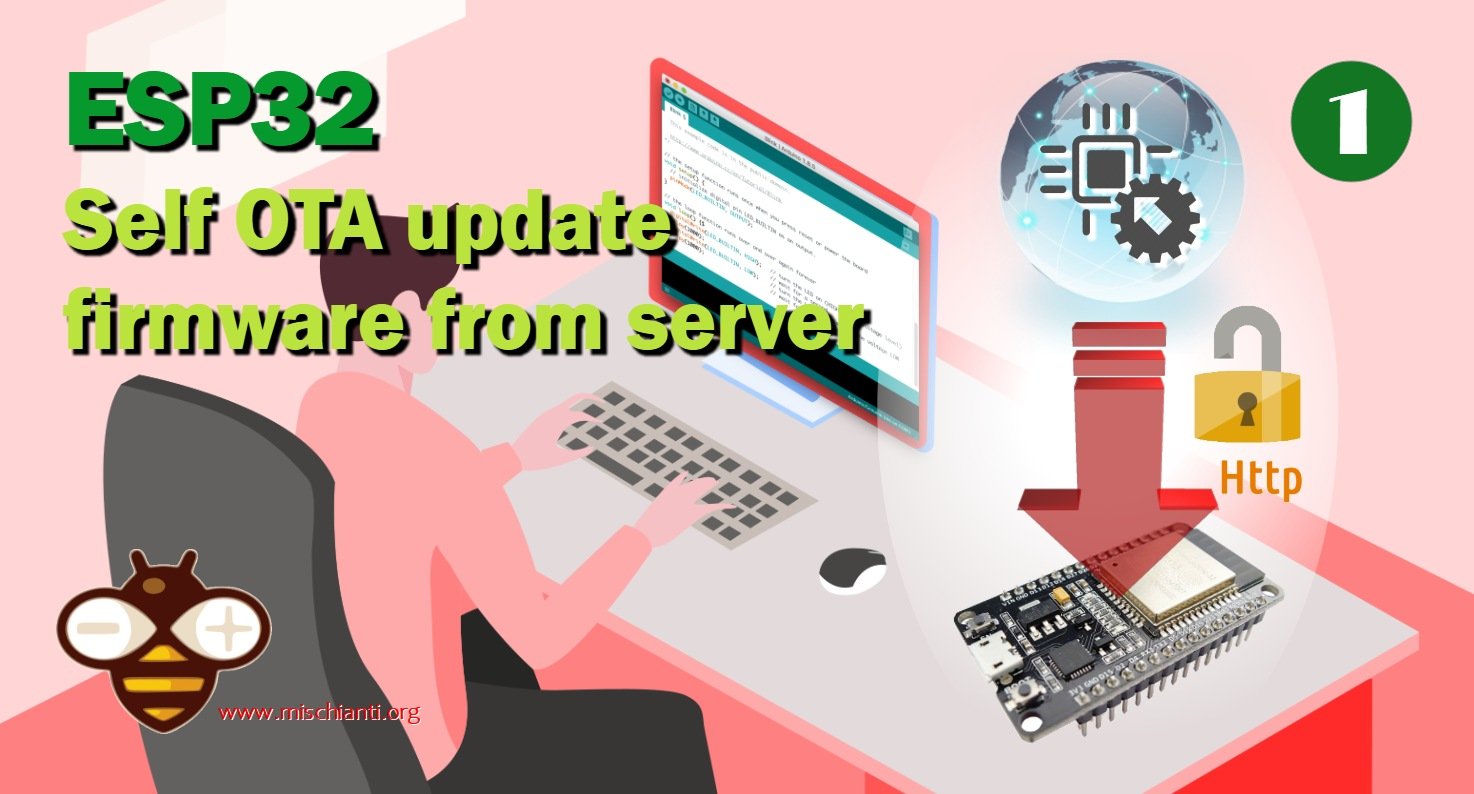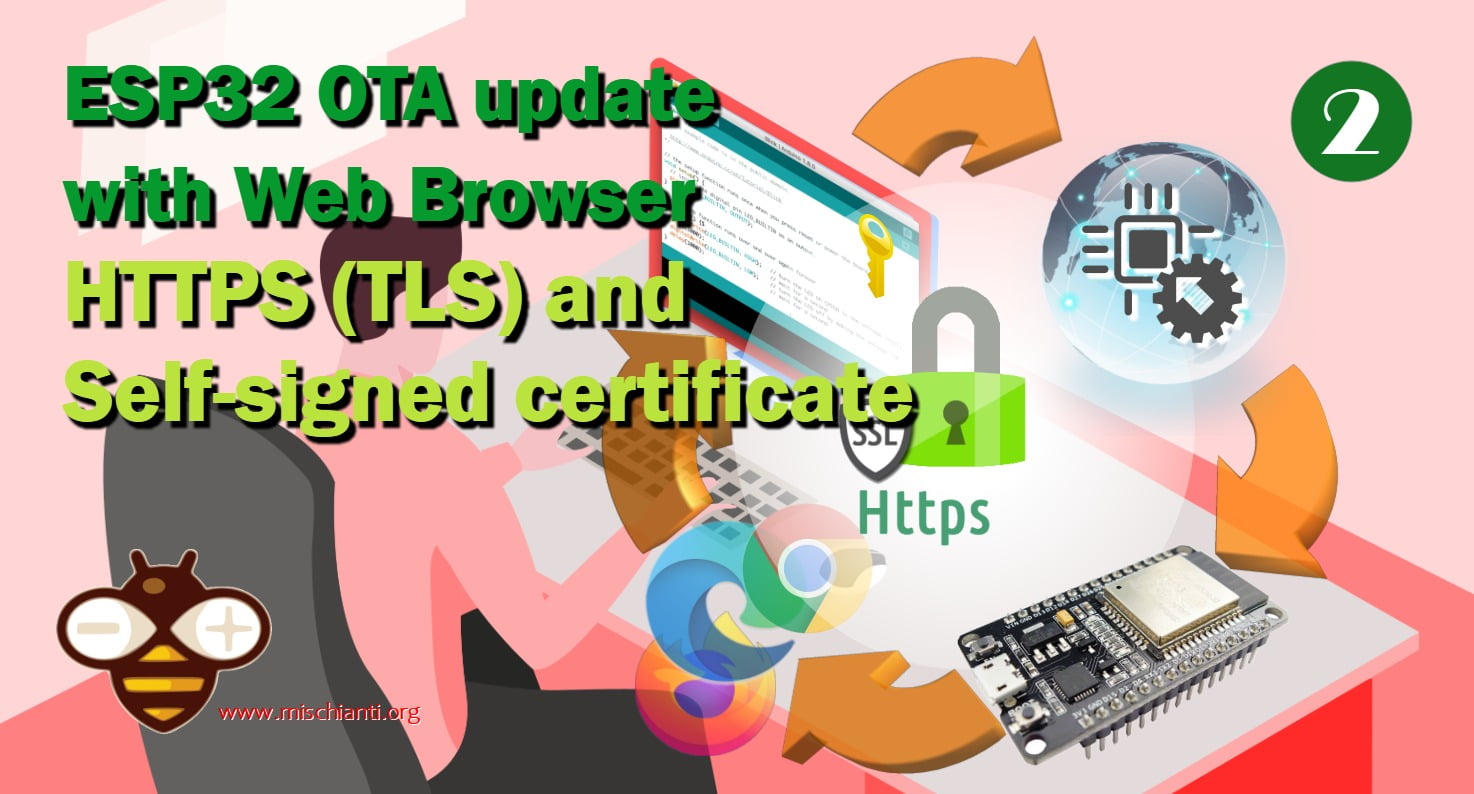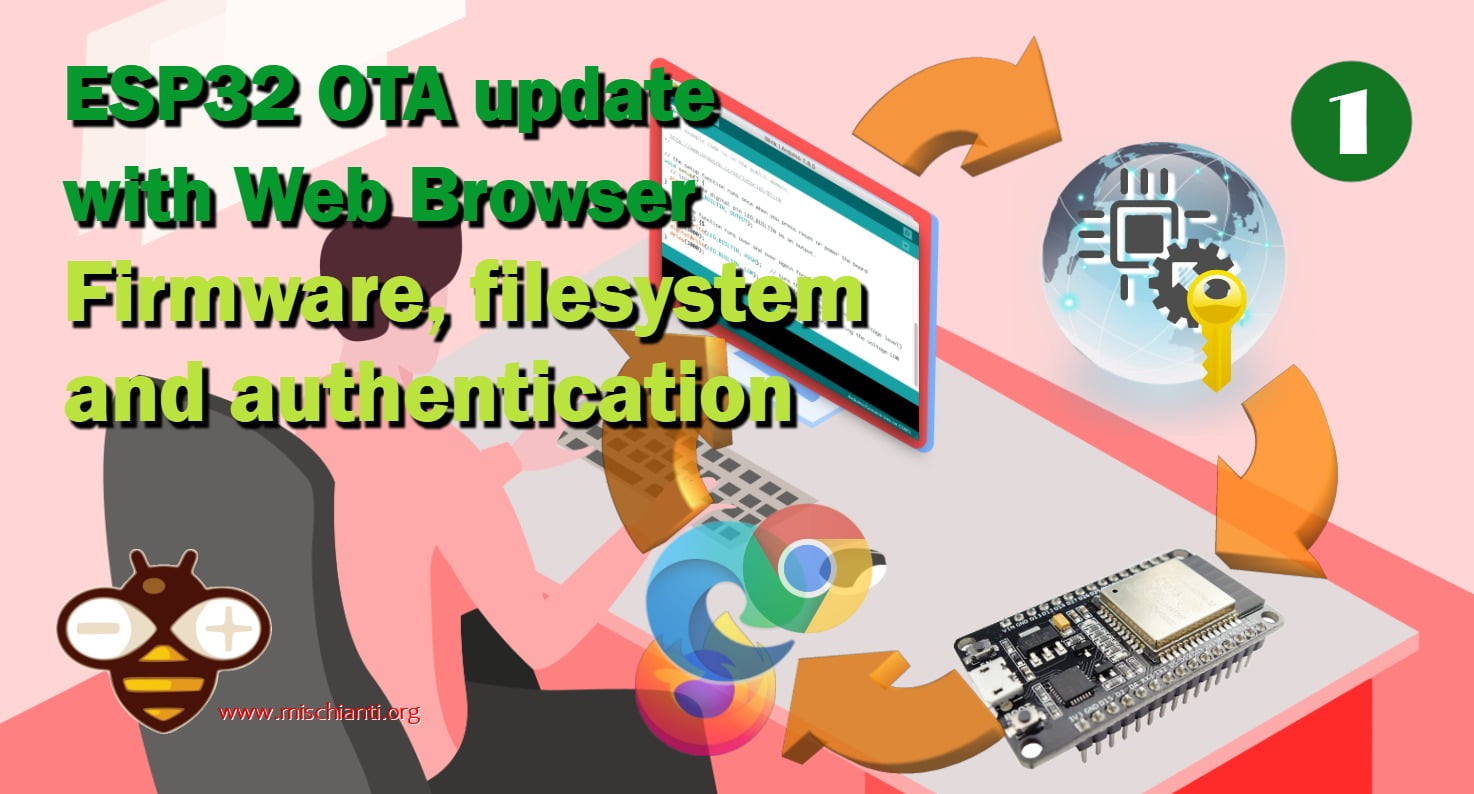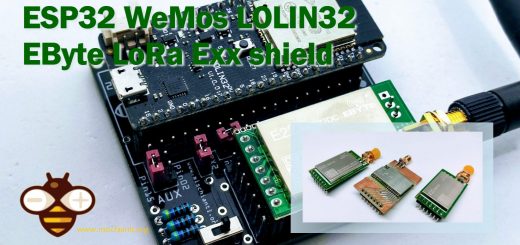MicroPython with esp8266 and esp32: flashing firmware and using Thonny IDE – 2
Here an article that provides a step-by-step guide for getting started with MicroPython development on the ESP8266 and ESP32 boards using the Thonny IDE. The article covers how to flash MicroPython firmware onto the board and how to connect to the board using Thonny’s MicroPython plugin. Additionally, the article includes an example project that demonstrates how to control an LED connected to the board using MicroPython code.

